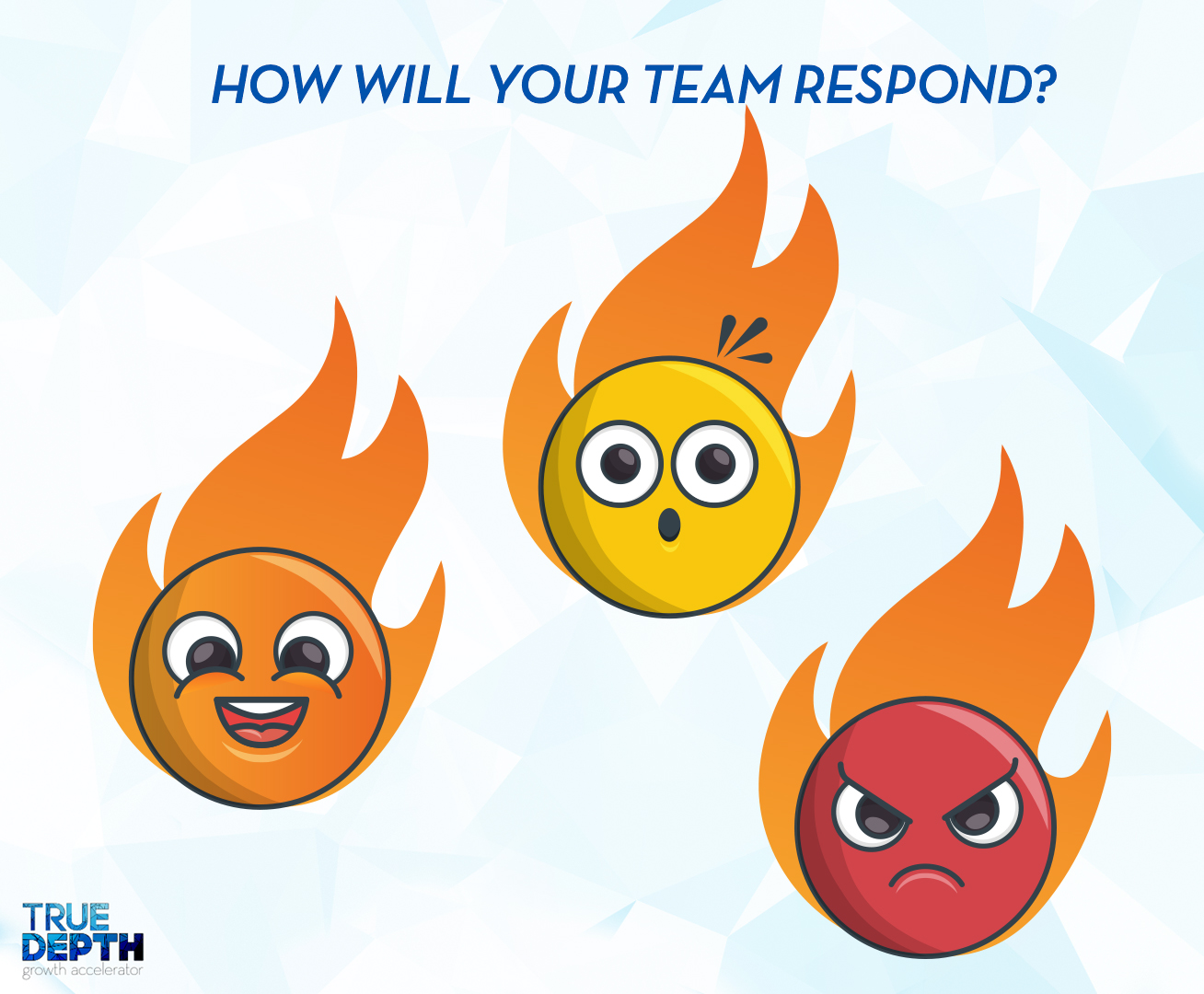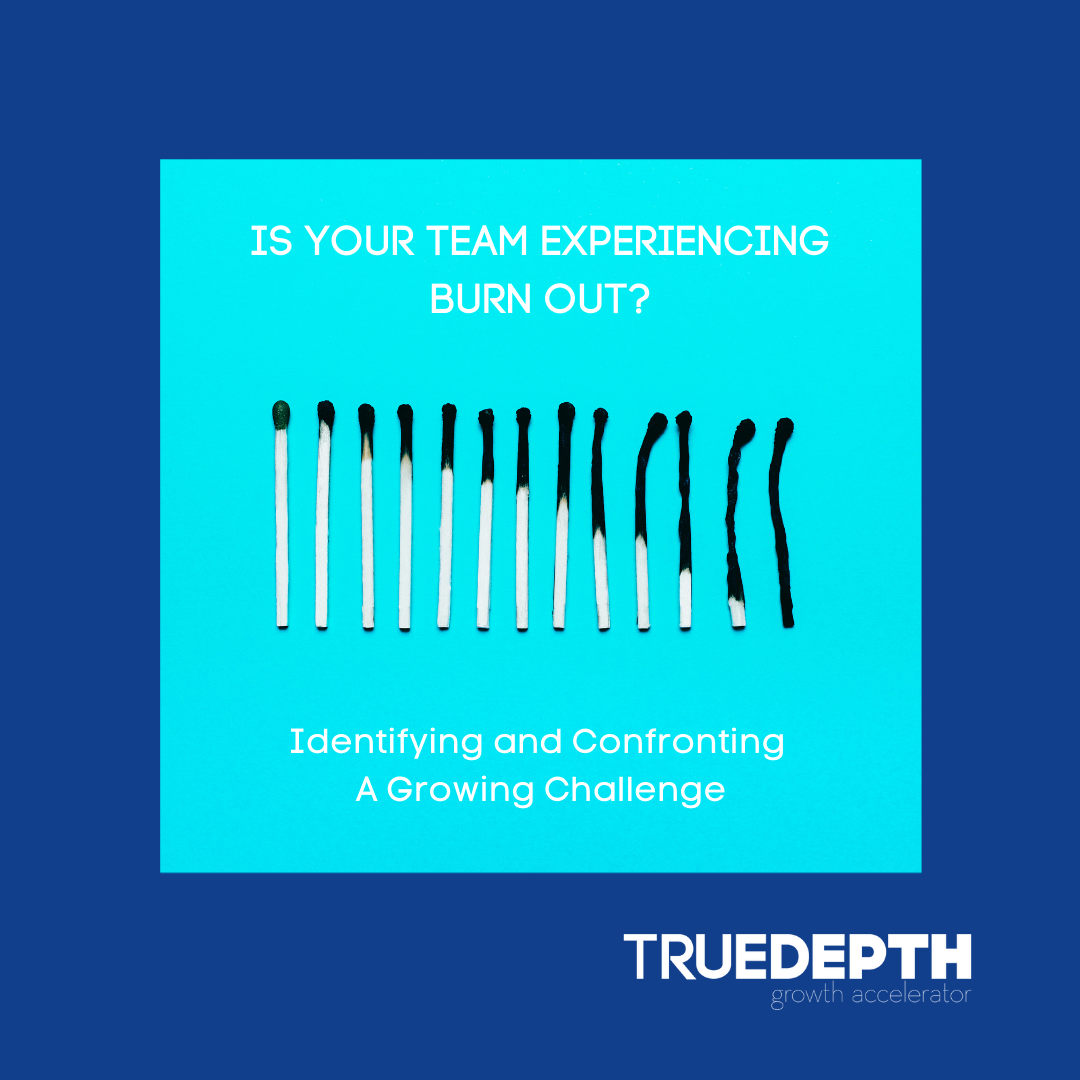You might be familiar with burnout as a term or have even felt the effects…
5 Strategies For Practicing Self-Care At Work
Prioritizing self-care helps build resilience in your career and outside of the office, supports a state of flow, and gives you the tools to identify and prevent burnout.
Bubble baths. Face masks. Relax and take in some ‘me time.’
Although the term “self-care” has taken off on social media—nearly 1.4 million posts are associated with the #SelfcareSunday hashtag on Instagram alone—it has medical roots. In a broad sense, the World Health Organization defines self-care as: “the ability of individuals, families, and communities to promote health, prevent disease, maintain health, and to cope with illness and disability with or without the support of a healthcare provider.”
However well-meaning social posts and inspirational quotes are, self-care is more than an indulgent cup of cocoa or walk in nature. It’s vital to build resilience and maintain a state of flow (described by Headspace as the feeling where, under the right conditions, you become deeply immersed and focused in whatever you’re doing — aka, when you feel “in the zone”). It also has significant effects on coping with stress, bouncing back from adversity, and avoiding burnout.
Changing how we approach self-care.
Several years ago, a major personal event opened my eyes to how severely burned out I was without even knowing. It took this breaking point to realize things were out of control, and I sought professional help from a therapist, mentor, and executive coach to get out of the pit brought on by my burnout.
Unfortunately, my story isn’t an exception.
In February 2020, more than 61 percent of Americans reported being burned out, which was pre-pandemic. The same survey found the number jumped to 73 percent by that May, with signs it’s continuing to increase. I’ve seen similar anecdotal findings in my recent ‘Bust Burnout’ Workshop sessions as well.
The fact is, all of us are now dealing with higher amounts of stress, and several months of continued pressure can often lead to burnout syndrome. I go more in-depth on burnout in this blog post, but at a high-level, some of the signs of burnout include exhaustion, impaired concentration, loss of appetite, depression, and a diminished immune response. Without adequately addressing burnout, it can even lead to a shortened life expectancy.
It’s never been more critical to take inventory of where you are today and make a plan for creating the necessary boundaries to protect your physical and mental health.
One of the issues people find with self-care is it means something different to everyone. That’s why I loved this recent GR8NESS article on relabeling self-care as self-accountability:
“We talk about the definition of self-care all the time. Understanding that self-care means something different to each one of us is key to practicing it. However, part of mastering self-care is self-accountability, because when you think about it, neglecting self-care in any of its forms is not taking responsibility for your wellbeing.”
As you begin identifying ways to bring self-care into your work and life, try framing it from an accountability point of view. Ask yourself: How will I be accountable for my self-care?
Strategies for prioritizing your self-care.
As mentioned, self-care is a subjective term. What works for me may not be relevant to you. Even team members with similar roles and responsibilities will have a different self-care journey.
However, there are some best practices for implementing self-care in the workplace. Use these strategies as a guide for getting started:
Develop a more positive worldview and self-concept.
- Notice what you say to yourself in an unfamiliar situation
- Find specific opportunities during challenges you face
- Practice turning negatives into positives
- Take a time out during a period of frustration
- Look for a positive person to serve as your coach
Maintain a focused sense of purpose for long-term goals and priorities.
- Explore your value system and identify your sense of direction on which you can rely to make choices
- Set new priorities when faced with the disruption of change
Use flexible thinking to explore multiple approaches for addressing uncertainty.
- Switch sides when discussing a topic about which you feel strongly
- Rather than assuming your first answer is the solution, suspend judgment if you are in the middle of a change
- List three positives and three negatives about a new idea or concept
- Be willing to work in an unfamiliar role to learn a different point of view
- Identify a person who is a robust and flexible thinker, and ask for some coaching
Use organized and structured approaches when managing ambiguity.
- Learn to sort information and find patterns in new situations quickly
- Use a planner or planning software to keep to-do lists, track plans, commitments, and next steps for each change initiative
- Break down complex or ambiguous situations into manageable chunks
- Find a coach who has strong organizational skills
Make the commitment.
We often fall prey to the fallacy if you work hard enough or put in extra hours at the office, success is sure to follow. This statement couldn’t be further from the truth.
So today, commit to your self-care. Maybe it’s putting together a to-do list, or perhaps it is that bubble bath. Whatever it looks like, remember self-care and self-accountability are key to building resilience, managing stress, and creating and maintaining a healthy balance.
Today’s “always-on” culture can quickly deplete your staff’s energy resources, leading to burnout among even your top-performing employees. True Depth offers a range of workshops and assessments to ensure your team has the tools they need to be happy and productive. Schedule yours today.




